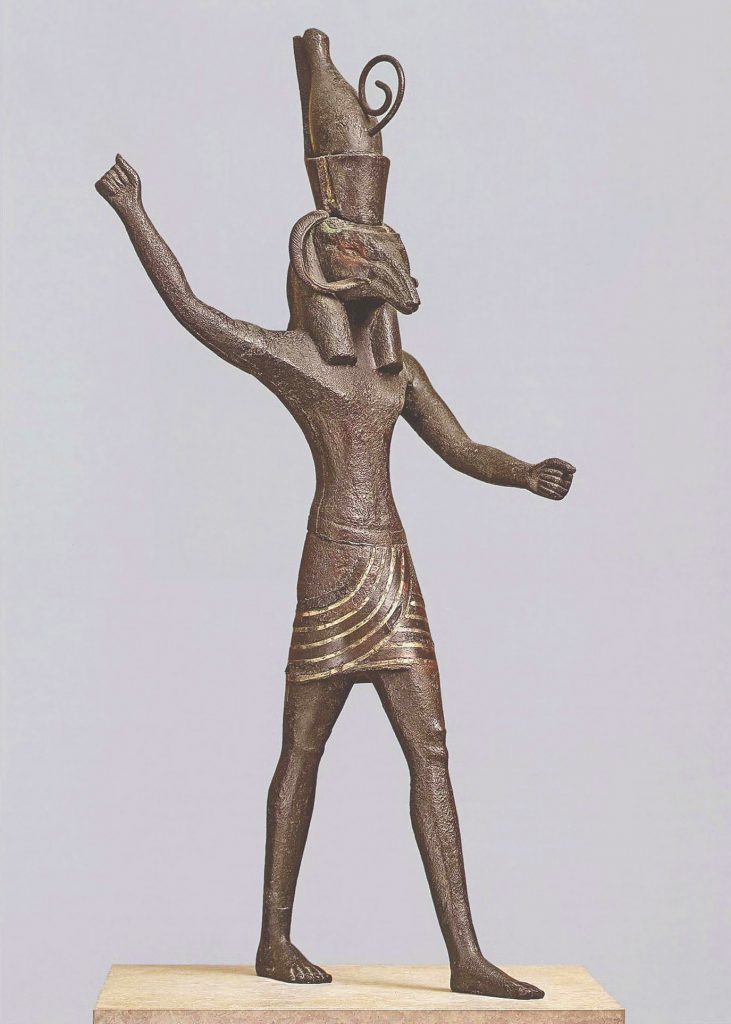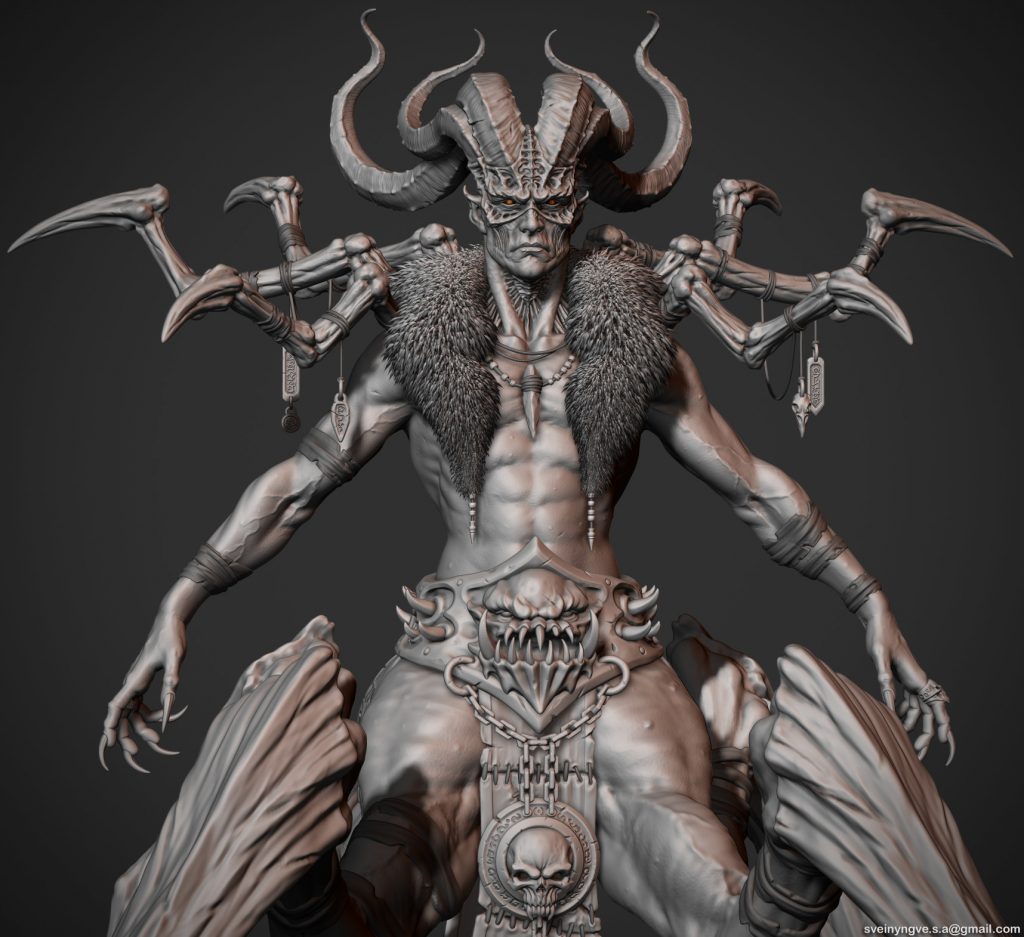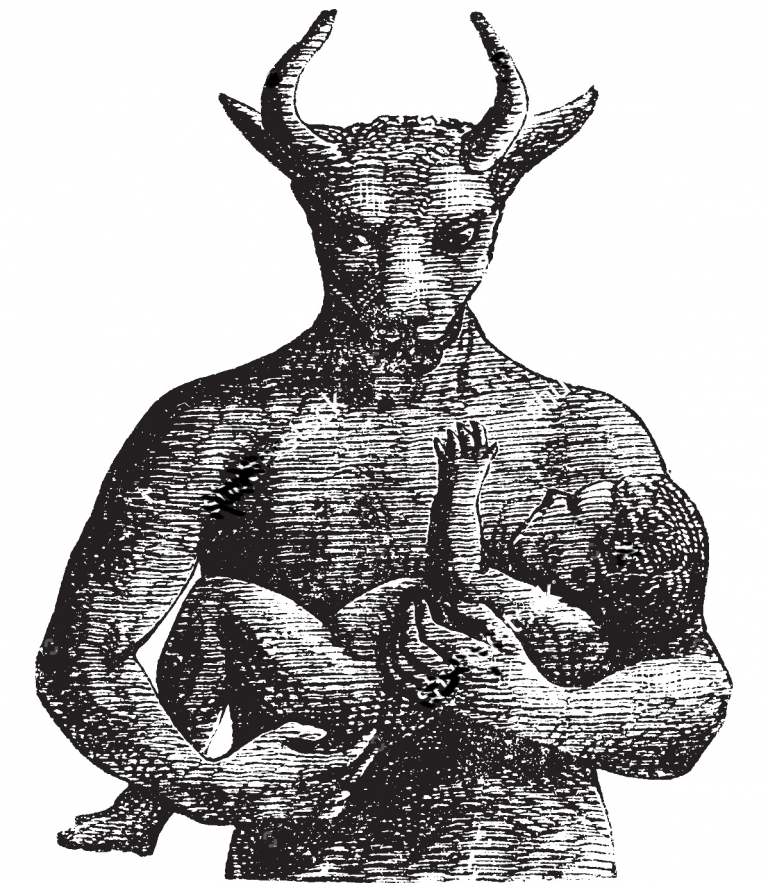The spelling of the English term “Baal” derives from the Greek Báal (Βάαλ), which appears in the New Testament and Septuagint, and from its Latinized form Baal, which appears in the Vulgate. These forms in turn derive from the vowel-less Northwest Semitic form BʿL (Phoenician & Punic: 𐤁𐤏𐤋). The word’s biblical senses as a Phoenician deity and false gods generally were extended during the Protestant Reformation to denote any idols, icons of the saints, or the Catholic Church generally. In such contexts, it follows the anglicized pronunciation and usually omits any mark between its two As. In close transliteration of the Semitic name, the ayin is represented, as Baʿal.
The feminine form is baʿalah meaning “mistress” in the sense of a female owner or lady of the house and still serving as a rare word for “wife”. Since ba’alah meant the wife of the owner or “Lady” having a title. In Sumar traditions the high priestest was the pracioner the sacred rites. One of these rites that is numerously recited was that of the blooding of the fields. In times of drought a young girl usually the daughter of the high priestest was bleed on an alter in the fields and offered to Ba’al, the owner and God of the people.



From Canaan, worship of Baʿal spread to Egypt by the Middle Kingdom and throughout the Mediterranean following the waves of Phoenician colonization in the early st millennium BCE. He was described with diverse epithets and, before Ugarit was rediscovered, it was supposed that these referred to distinct local gods. However, as explained by Day, the texts at Ugarit revealed that they were considered “local manifestations of this particular deity, analogous to the local manifestations of the Virgin Mary in the Roman Catholic Church”. In those inscriptions, he is frequently described as “Victorious Baʿal” (Aliyn or ẢlỈyn Baʿal), “Mightiest one” (Aliy or ʿAly)g or “Mightiest of the Heroes” (Aliy Qrdm), “The Powerful One” (Dmrn), and in his role as patron of the city “Baʿal of Ugarit” (Baʿal Ugarit). As Baʿal Zaphon (Baʿal Ṣapunu), he was particularly associated with his palace atop Jebel Aqra (the ancient Mount Ṣapānu and classical Mons Casius). He is also mentioned as “Winged Baʿal” (Bʿl Knp) and “Baʿal of the Arrows” (Bʿl Ḥẓ).
Baʿal Hammon was worshipped in the Tyrian colony of Carthage as their supreme god. It is believed that this position developed in the th century BCE following the severing of its ties to Tyre following the BCE Battle of Himera. Like Hadad, Baʿal Hammon was a fertility god. Inscriptions about Punic deities tend to be rather uninformative, though, and he has been variously identified as a moon godcitation needed and as Dagan, the grain god. Rather than the bull, Baʿal Hammon was associated with the ram and depicted with his horns. The archaeological record seems to bear out accusations in Roman sources that the Carthaginians burned their children as human sacrifices to him. He was worshipped as Baʿal Karnaim (“Lord of the Two Horns”), particularly at an open-air sanctuary at Jebel Bu Kornein (“Two-Horn Hill”) across the bay from Carthage. His consort was the goddess Tanit.
The epithet Hammon is obscure. Most often, it is connected with the NW Semitic ḥammān (“brazier”) and associated with a role as a sun god. Renan and Gibson linked it to Hammon (modern Umm el-‘Amed between Tyre in Lebanon and Acre in Israel) and Cross and Lipiński to Haman or Khamōn, the classical Mount Amanus and modern Nur Mountains, which separate northern Syria from southeastern Cilicia.
Judaism
Baʿal (בַּעַל) appears about 7 times in the Hebrew Bible in reference to various gods. The priests of the Canaanite Baʿal are mentioned numerous times, most prominently in the First Book of Kings. Many scholars believe that this describes Jezebel’s attempt to introduce the worship of the Baʿal of Tyre, Melqart, to the Israelite capital Samaria in the th century BCE. Against this, Day argues that Jezebel’s Baʿal was more probably Baʿal Shamem, the Lord of the Heavens, a title most often applied to Hadad, who is also often titled just Ba‘al.
Kings records an account of a contest between the prophet Elijah and Jezebel’s priests. Both sides offered a sacrifice to their respective gods: Ba’al failed to light his followers’ sacrifice while Yahweh’s heavenly fire burnt Elijah’s altar to ashes, even after it had been soaked with water. The observers then followed Elijah’s instructions to slay the priests of Baʿal, after which it began to rain, showing Yahweh’s mastery over the weather.
Other references to the priests of Baʿal describe their burning of incense in prayer and their offering of sacrifice while adorned in special vestments.